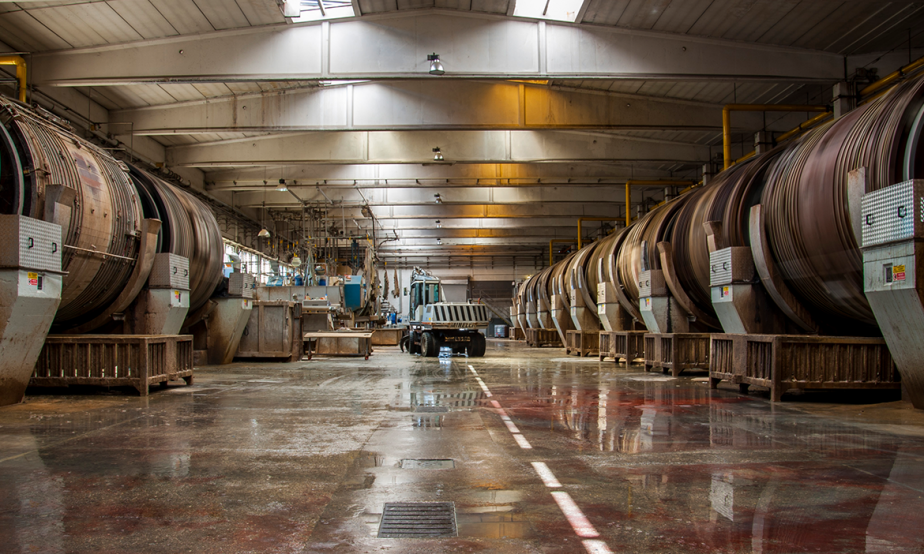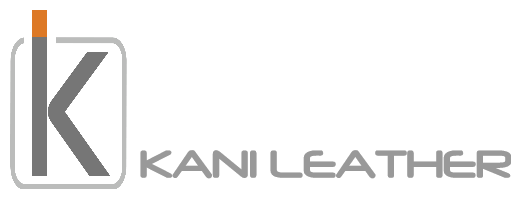Leather Production in Turkey
Leather Production in Turkey
Ranking tenth in the list of the largest sectors in the nation, the leather industry plays an important role in the economy. Turkey contributes significantly to exports, job creation, and production in this field. The craft of leather making dates back to the early days of human history. The area chosen for leather production was selected by Ottaman Emperors, thanks to its water supply, which is ideal for this industry.
Initial Leather Market:
Kazlicesme served as the primary industrial area for cowhide and was located just outside the city walls of Topkapi. Established about five centuries ago, it thrived until the Russian market began to grow. As this market expanded, Turkish cowhide gained prominence, and the profits were reinvested into the industry. This led to a rise in both productivity and capacity during the 1990s when Turkey engaged with the Russian market. Turkish leather products gained a favorable position in the global market due to their strong infrastructure, high quality, and variety of products.
Current Turkish Leather Market:
Today, Turkey stands out as one of the main global producers of leather clothing. Innovations and advanced knowledge have enabled this industry to create high quality leather goods. This progress has led to improvements in raw material quality, positively impacting both production and exports. Turkey’s sheepskin leather currently accounts for just 22% of global production capacity, but it has the potential to reach 75%. At the same time, the quality of Turkey’s leather clothing production is exceptional, exporting 95% of what is made. The leather industry in Turkey is a net exporter of finished products, while it imports raw materials. Looking forward, Turkey aims to establish itself among the leading hide producers worldwide, with its skins and raw hides making up 67% of the total leather imports.
Manufacturing Process:
The goal of the production process is to achieve the excellent qualities that characterize the material: flexibility, breathability, and durability. The softness, color, and shine of the leather result from careful processing. A major challenge remains that these products must be recognized globally with labels from the country. The best raw materials are typically sourced locally, and the production takes place on stateoftheart assembly lines. The nation has developed longterm partnerships with suppliers within Turkey. All raw materials used in production must adhere to strict technical standards. Companies follow these protocols by selecting and evaluating materials at various stages, ensuring thorough checks throughout the manufacturing process.

